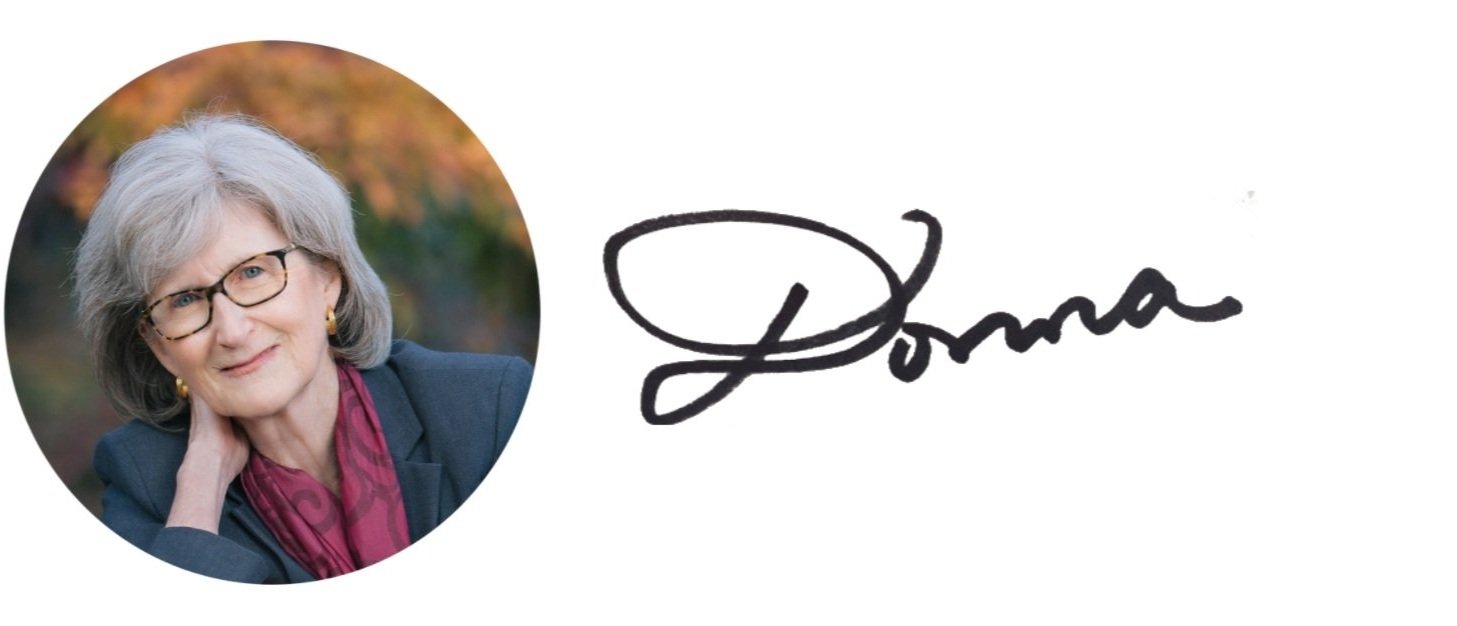The question of what to do with regrets has been nagging at me. Writing my memoir, Pilgrimage: A Doctor’s Healing Journey, called me to deeply examine my life story. Memories of actions or inactions from the past, apparently long buried in my unconscious mind, came to life. I accept that my mind is different than it used to be because now I can clearly see so many things about my past that I couldn’t see before—and I wish I had done them differently. The biggest example is my realization and regret about how much time I spent working as a doctor and how little time I spent mothering my three children. This is not the only thing—my list of regrets is long.
Guilt is not the answer. I know because I’ve tried it. Wallowing in the sadness and pain only makes me feel worse and doesn’t lead to anything positive.
Instead of holding on to those guilty feelings, I remind myself that I did the best I could, ask for God’s mercy, and seek the forgiveness of those who may have been harmed. I have asked my children to forgive me. Surrendering my failures to God has been an important part of my spiritual journey and helps me fully embrace the human condition and accept the weakness and imperfection we all share. This understanding helps me be more forgiving of myself and others.
Alas, even when I jettison the guilt, often the regret lingers. Regret is a feeling of sadness or sorrow about something from our past we wish we had done differently. It is more healthy than guilt, but it still doesn’t feel very good. I’ve pondered what to do with my regrets and now realize they can be powerful tools to help me grow and be better. I can learn from them. Kashdan wrote that regret is useful, saying “…without regret, you are done evolving, and you will be ineffective coping with an uncertain, unpredictable world where mistakes are inevitable.”
I recently learned of a powerful way to reframe regret. Have you ever heard of Kintsugi? It is the 15th century Japanese art of repairing cracked porcelain pottery using a lacquer resin embedded with gold or other precious metals. The previously broken vase becomes an intact, strong, and exquisite work of art that doesn’t hide the imperfections. It highlights them as golden strands and reminds us that we, just like the vase, can be healed and be made better by a process that builds on our failures and imperfections. It is the repaired imperfections that make the vessel strong and beautiful.
Julie Polter writes about Kintsugi and the artist Makoto Fujimura in the February 2021 Sojourners Magazine. She speaks of “…loving what is broken and the holy work of repair,” and describes the repaired objects as “stunningly beautiful, veined with gold, silver, or platinum that trace a history of traumatic destruction and sublime redemption.”
From now on, when my regrets pester me, I will fix my mind on an image of a Kintsugi vase. I will smile as I visualize the beautiful gold lines that remind me of where I’ve been and what I’ve learned and, as Andrea Mantovani writes, that “…imperfections are gifts to be worked with, not shames to be hidden.”
SUGGESTIONS:
Read about Kintsugi, its fascinating history, and how it can be a deeply satisfying spiritual practice for the artist. Consider Art and Faith: A Theology of Making by Makoto Fujimura and any of the many books written or videos available online about Kintsugi.
Reflect on any guilt or regret that you harbor. Share your feelings and thoughts in a journal or with a confidante. Ask God for help. Visualize an exquisite Kintsugi vase with its shining gold lines. These steps will help you start moving in a positive direction away from paralyzing guilt or uncomfortable regret toward repair and healing.
Let me end with a personal note. When I first started Serenity and Health and this blog, I had no plans to write a book. However, I did have a message which, somewhat to my surprise, evolved into my first book, Pilgrimage: A Doctor’s Healing Journey, now available for purchase. I encourage you to read it and share your thoughts with me. I hope and pray that my words will help you move forward on your own path to serenity and health.
God bless.
P.S. Don’t forget to sign up for my monthly blog or follow me on Facebook or Donna Chacko on Twitter. If my message helps you in any way, please consider sharing it with others.
Dr. Donna Chacko promotes health of body, mind, and spirit through her website (serenityandhealth.com), her blog, and programs at her church. She is the author of the award-winning book and Amazon best-seller Pilgrimage: A Doctor’s Healing Journey (Luminare Press, 2021). You can read her full bio here.






I recently learned of a powerful way to reframe regret.